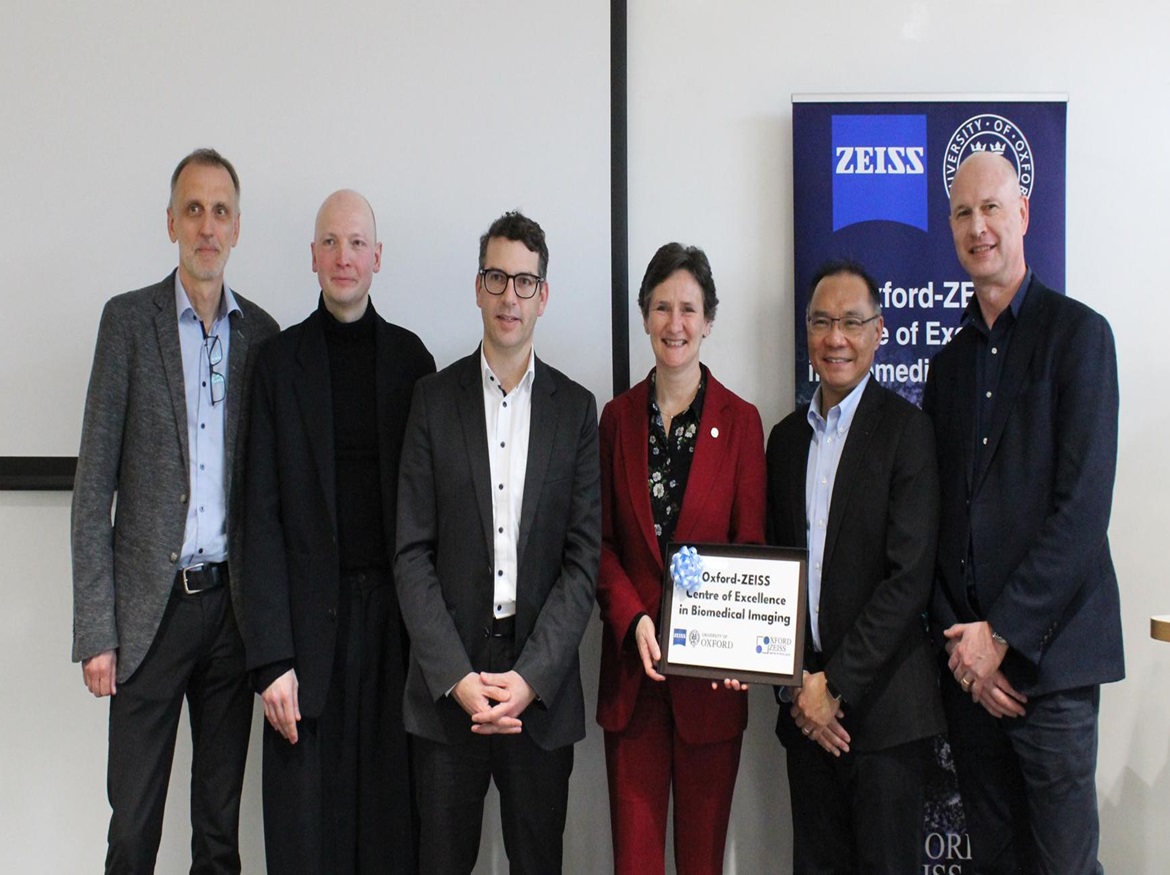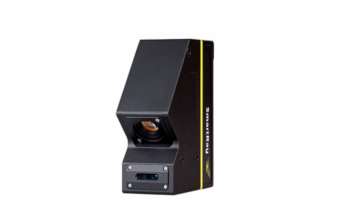The Oxford-ZEISS CoE provides life scientists with access to the latest commercially available microscopy and imaging technologies from ZEISS, as well as the unique expertise of ZEISS engineers in their research and development team.
Providing advanced microscopy resolution and fast imaging, the Oxford-ZEISS CoE enables researchers to observe single cells fulfill their functions and behavior at the single-cell level, within tissues, across whole organisms, and within living samples. It supports the research at the KIR and IDRM that aims to treat some of the world’s most prolific diseases such as cancer, cardiovascular disease, neuro-degenerative diseases, or conditions related to inflammation or tissue repair.
Professor Irene Tracey, Vice-Chancellor of the University, who officially opened the Oxford-ZEISS CoE said: ‘Seeing is no longer sufficient for believing. It is becoming increasingly apparent that the grand challenge for the biological imaging community is robust quantification of real biological phenomena from increasingly complex and demanding imaging data sets.’
One of the most future thinking aspects of the partnership is its ability to evolve the imaging technologies based on the latest research questions.
‘Developing our solutions in line with the rapidly changing demands of the scientific community continues to be vital for our success. Strong collaborations with leading-edge academic partners are key for reaching this goal. Thus, extending and reinforcing our interactions with the world class research teams at Oxford through the Oxford-ZEISS CoE is putting us in an excellent position to develop new technologies that are tailored to support new and upcoming application demands. We are extremely excited and honored to be working with the Oxford-ZEISS CoE,’ says Dr. Bernhard Zimmermann, Head of Life Sciences at ZEISS Research Microscopy Solutions.
Professor Marco Fritzsche, Scientific Director of the Oxford-ZEISS Centre of Excellence said: ‘We have already seen several ‘firsts’ through our collaboration with ZEISS, including the development of new software to acquire stacked three-dimensional image volumes, and a new approach to imaging that means more complex live tissues can be imaged than before. This positions the Oxford-ZEISS CoE at the forefront of bioimaging research and will likely be a place where future scientific questions become answerable for the first time.’
Professor Paul Riley, Director of the IDRM, said: ‘Advanced bioimaging is essential if we are to understand the molecular and cellular events that underpin normal development, birth defects and tissue repair and regeneration. The Oxford-ZEISS CoE represents a unique strategic opportunity for the IDRM with colleagues at the Kennedy Institute and ZEISS engineers which will challenge and improve existing microscopy capability to address our major research questions and advance our therapeutic pipeline.









